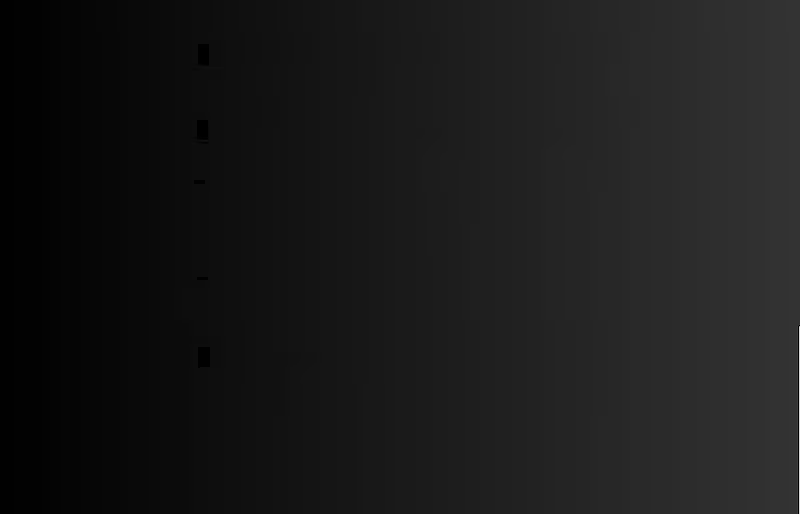There’s no business like show business, only now there’s no show business either, and precious little sport. Our shared distractions have been sacrificed to the pandemic, lending the wrong kind of certainty to once precarious incomes. Performers of all stripes have learned something that only tour-hardened stand-ups, unheralded support acts and fringe theatre groups knew before: the physical presence of an attentive audience, assembled in close proximity, can’t ever be taken for granted.
Even in the abruptly more crucial sphere of television, the live audiences that viewers at home see on screen have either been uninvited or siloed across the retractable studio seats. In a clip not lacking in macabre humour, actor-turned-presenter Whoopi Goldberg was seen hollering "Well, hello, hello, hello and welcome to The View, y'all, welcome to The View" as the New York talk show's cameras panned the bum-free plastic tiers. This was how it was going to be from now on, Goldberg explained to her dazed fellow panellists.
"No audience, no house band, no close contact. This is what social distancing looks like, and yes, it's a strange, eerie feeling"

That was as long ago as last Wednesday. By Friday it was the turn of The Late Late Show (the Irish one) to set a visual tone. "What can I say? This is without doubt the single most peculiar, most profound and possibly the most pressing Late Late Show we've ever broadcast," began Ryan Tubridy in the silent studio.
“No audience, no house band, no close contact. This is what social distancing looks like, and yes, it’s a strange, eerie feeling, I won’t lie to you. But it is absolutely necessary.”
What followed was a public service broadcast on what everybody can do to slow the spread of coronavirus. The unfamiliar gravity of the present was only underlined by the eventual segue back to a light chat with pop star Niall Horan filmed in an era of hugs and whooping. "I love touring. I love getting up every night in front of 15,000 people. There's no feeling like it," said this past-Horan.
“We recorded that in January when you were allowed shake hands with people,” explained the lonely Tubridy, ominously crossing his fingers as he recited Horan’s October tour dates.
The theme continued on Sunday night with the perspective-laced yet charming distraction that was RTÉ's Dancing with the Stars final (an emergency upgrade from the planned semi-final), with hosts Jennifer Zamparelli and Nicky Byrne exchanging a namaste greeting from afar. "They do say dance like no one's watching," said judge Darren Bennett.
Suspended normality
On the late-night US talk shows, too, the wry lines have been stockpiled. "I'm used to doing a show without a television audience," joked James Corden in reference to the ratings for his Late Late Show (the American one), "but normally there's an audience here in the studio."
Normally. Here, and there, the show really mustn’t go on as it did before. Admittedly, in Britain last weekend, they were still trying, prompting the Guardian’s media editor to draw attention to the stark contrast between Tubridy’s solemn address to the nation and the BBC’s “packed Sport Relief studio audience”.
The reluctance to give up what was only the other day considered an uncontroversial default is understandable, yet fated to cede to reality. Joy, laughter and the release of tension, though infectious in their own way, are no match for this virus, and even in London’s West End, which hadn’t officially “gone dark” as late as Monday afternoon, audiences knew it: tickets for the musical Hamilton, once sanitiser-like in their rarity, were in recent days available like never before. Ahead of yesterday’s escalation in UK government advice, no-shows crept up anyway, as people stayed at home out of civic morality, rational fear or impossible travel logistics.
You didn't have to be paranoid to imagine viral droplets were spraying like the fireworks they were setting off
Professional football, like pretty much all sport that doesn't involve tiddlywinks on TikTok, has since been cancelled, but there was that surreal interim phase where Champions League matches were being held behind closed doors. To television viewers, the total absence of atmosphere at the clash between Paris Saint-Germain and Borussia Dortmund – played against a backdrop of empty stands – was disconcerting, but not as disconcerting as what was going on outside the stadium.
Told they couldn’t come in, thousands of supporters had coalesced to light flares in revolt against the French government’s ban on mass gatherings, pausing their protest only to engage in a wild goal celebration. You didn’t have to be paranoid to imagine viral droplets were spraying like the fireworks they were setting off.
Crowd dynamics
Almost all crises in human history have had people on the sidelines cracking gags or playing the violin and loved for doing so – it’s just that this time we can’t afford to be within 2m of them. But for every concert live-streamed at a safe distance from an echo-bouncing arena, for every chat show that tries to spark camaraderie in a vacuum, we are about to get an object lesson in the energy value of the live crowd.
Audiences can be grudging, hesitant, baffled, unnerved, they can twist with anger and/or succumb to hysterics – and that's just the first 10 minutes of a Stewart Lee comedy set. Some of that same illusion of company survives the filter of a screen. Voluntarily glued to our couches in pre-pandemic times, we regularly consumed a joyous feedback loop from gaggles of strangers "warmed up" before the credits and excited to be there under the dimmed studio lights.
But that transference has been postponed until further notice. For now, we’re no longer audience members. We’re vectors.
















